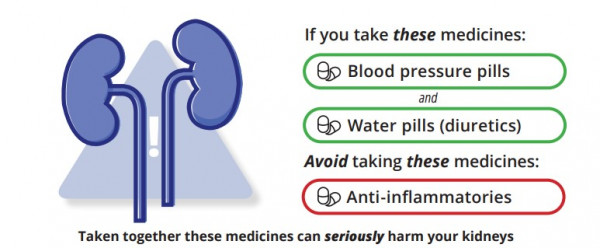Tenoxicam is one of a group of medicines known as non-steroidal anti-inflammatory drugs (NSAIDs). Tenoxicam is used to treat different types of pain such as pain from gout, osteoarthritis, rheumatoid arthritis, painful periods and pain after surgery. Read more about pain.
In New Zealand tenoxicam comes as tablets (20 mg) and as an injection.
Tenoxicam
Key points about tenoxicam
- Tenoxicam is an anti-inflammatory used to treat pain and inflammation.
- Tenoxicam is also called Tilcotil.
- Find out how to take it safely and possible side effects.

- The usual dose of tenoxicam is 1 or 2 tablets once a day.
- If you are using tenoxicam for painful menstrual periods, take your first dose as soon as your period starts or pain begins until the pain eases.
- Always take your tenoxicam exactly as your doctor has told you. The pharmacy label on your medicine will tell you how much to take, how often to take it and any special instructions.
- Take tenoxicam with food or immediately after food, to prevent stomach upset. Take it with a full glass of water. Swallow the tablets whole, don't crush or chew them.
- Avoid or limit alcohol while you are taking tenoxicam. Alcohol can increase the risk of side effects such as stomach upset.
- Missed dose: If you forget to take a dose, take it when you next need pain relief and then continue as before. Don't take 2 doses together to make up for a forgotten dose.
For most people taking tenoxicam is safe but extra care is needed in some situations, for example if:
- you have high blood pressure
- you have heart or kidney problems or asthma
- you're aged 65 years or older
- you smoke.
It can also be harmful to take tenoxicam when you are dehydrated or have been sick with diarrhoea (runny poos) or vomiting (being sick). Read more about the risks of NSAIDs.
| When you should NOT take tenoxicam |
|
Tenoxicam should NOT be used in some situations as it can be harmful. For example, if you:
Read more about the risks associated with NSAIDs. |
Don't take other anti-inflammatory medicines such as diclofenac, ibuprofen or naproxen while taking tenoxicam. This can increase your risk of side effects.
It's safe to take tenoxicam with paracetamol because they work differently.
Tenoxicam interacts with some medicines, especially those used for high blood pressure, so check with your doctor or pharmacist before you start taking tenoxicam.
Image credit: University of Otago, NZ
Taking NSAIDs together with blood pressure medicines can be harmful to your kidneys. This is called the ‘triple whammy’. If you are taking blood pressure medicines (ACE inhibitors or ARBs and diuretics) tell your doctor or pharmacist before starting tenoxicam.
- Examples of ACE inhibitors are captopril, cilazapril, enalapril, lisinopril, perindopril and quinapril.
- Examples of ARBs are candesartan, irbesartan and losartan.
- Examples of diuretics are furosemide, bumetanide, bendroflumethiazide, chlortalidone, indapamide, spironolactone, eplerenone and metolazone.
Read more about the triple whammy.(external link)
| Side effects | What should I do? |
|---|---|
|
|
|
|
|
|
|
|
|
|
| Read more about medicines and side effects and reporting a reaction you think might be a side effect. | |
Resources
5 questions to ask about your medications(external link) Health Quality and Safety Commission, NZ, 2019 English(external link), te reo Māori(external link)
References
- Tenoxicam(external link) NZ Formulary
Brochures

Medicines and side effects
Healthify He Puna Waiora, NZ, 2024

Health Quality and Safety Commission, NZ, 2019 English, te reo Māori
Credits: Sandra Ponen, Pharmacist, Healthify He Puna Waiora. Healthify is brought to you by Health Navigator Charitable Trust.
Reviewed by: Angela Lambie, Pharmacist, Auckland
Last reviewed:
Page last updated:





